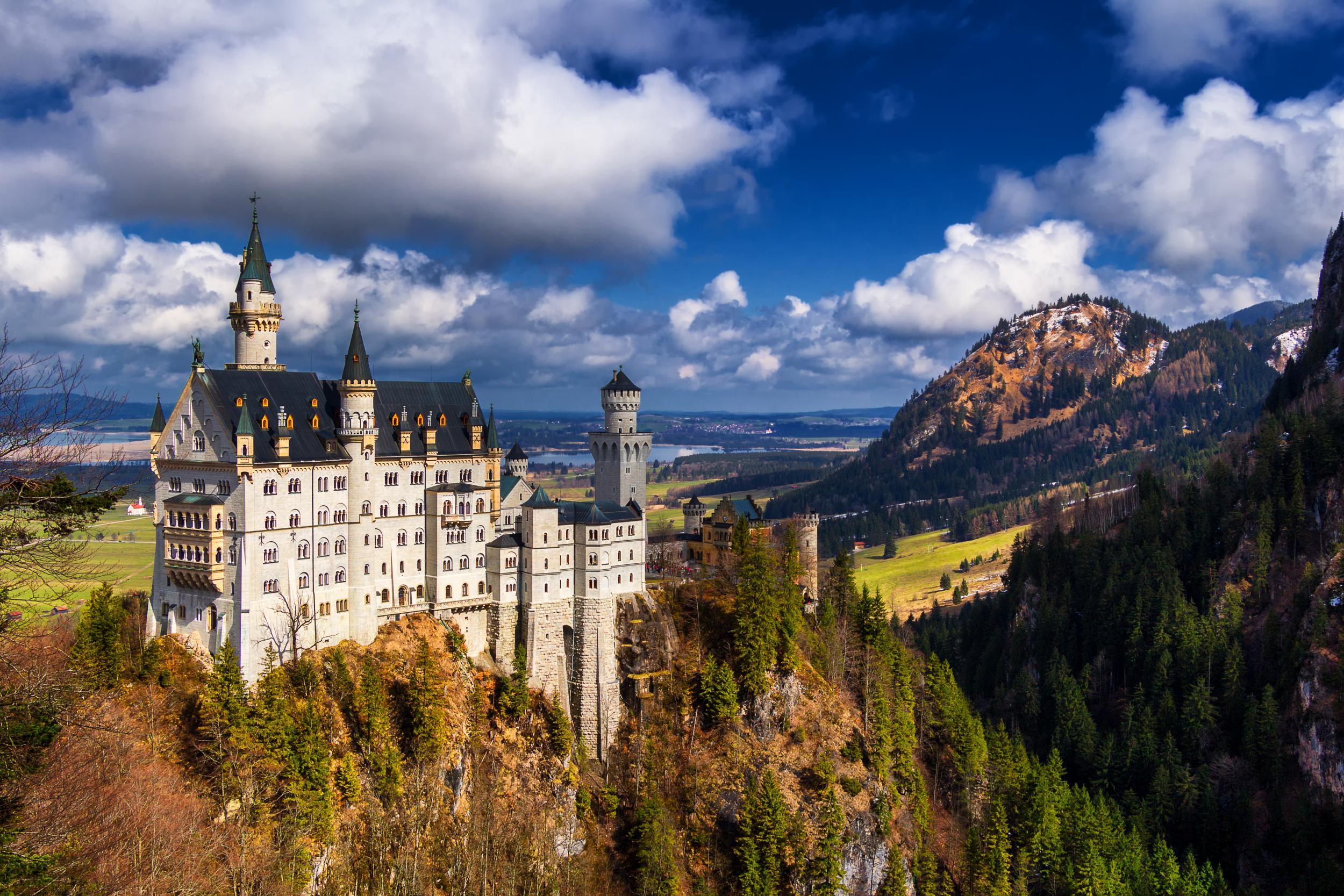
Police in southern Germany have rescued a dog from a locker at the iconic Neuschwanstein Castle, after its owner reportedly confined the animal there despite objections from other tourists.
The alleged incident, which police confirmed on Sunday, unfolded at the picture-postcard castle, which is famed for its surging turrets and its setting in the Alps near the Austrian border.
It is one of Germany's top tourist attractions.
Despite it being a hot summer's day and the locker already being half-filled by a pram, the woman allegedly proceeded to lock her pet inside the small space.
She then left to tour the castle, according to a statement from police in the nearby town of Fuessen. The dog was subsequently freed from its confinement.
Security staff were alerted and freed the dog, they added.

"The dog was fortunately unharmed but visibly glad when it was rescued from the already hot locker," the police statement said, adding that officers deployed to the scene took him back to the police station.
The police did not specify what breed the dog was but said it was of "medium" size and about 60 cm (two feet) tall at the shoulder. An officer on duty at Fuessen police station contacted by telephone said the dog was a mongrel.
Police said they had initiated criminal proceedings against the owner on suspicion of breaking Germany's animal welfare law.
Neuschwanstein Castle is one of Germany’s most-visited attractions, with more than 1.3 million people passing through its halls each year.
Visitor numbers reach as many as 6,000 per day in the summer months.
It was built as a private residence for King Ludwig II of Bavaria and opened in the late 1800s shortly after his death.
It features Gothic, Romanesque and Byzantine architecture and was designed to mimic German castles from the Middle Ages.







